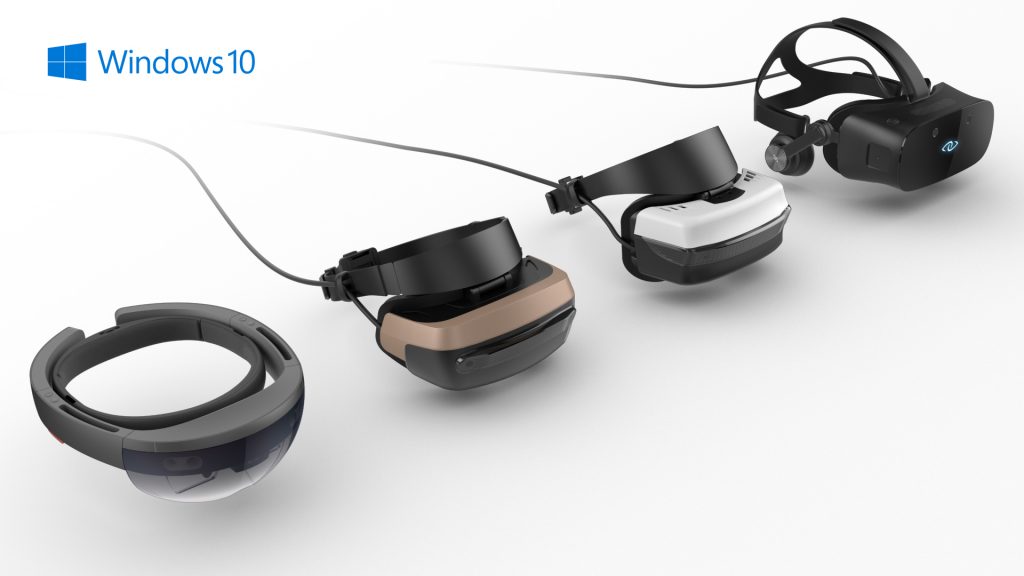Microsoft aims to take 'mixed reality' mainstream in 2017

Virtual Reality arrived properly in 2016, although it has yet to really make any mainstream impact. Augmented Reality did enter our lives via Pokémon Go, but that’s been about it so far.
Microsoft is targeting 2017 as the year that mixed reality starts to become a thing, and at the Windows Hardware Engineering Community event (WinHEC) in Shenzhen, China the company shared the PC specifications (co-developed with Intel) that will power the first MR headsets from Acer, ASUS, Dell, HP and Lenovo set to arrive next year.
SEE ALSO: Windows 10 coming to ARM -- paving the way for always connected, more power-efficient PCs
Mixed reality is how Microsoft describes holograms (3D digital content) being blended into the physical world, and its plans for taking it mainstream include:
- Customers gaining access to mixed reality content, including more than 20,000 universal Windows apps in the catalog, 3D objects from the web using Microsoft Edge to drag and drop into their physical world, immersive WebVR content via Microsoft Edge, and 360 degree videos available for the first time in the Movies & TV app.
- HMD developer kits becoming available to developers at the Game Developers Conference in San Francisco.
With WinHEC being held in China, the company also revealed plans for bringing mixed reality to that massive market. Highlights include:
- Microsoft HoloLens being submitted for government approval in China. It will be available to developers and commercial customers in China in the first half of 2017.
- 3Glasses, the leading China-based hardware developer for HMDs, will bring the Windows 10 experience to their S1 device in the first half of 2017, reaching more than 5 million monthly active customers in China.
Do you think mixed reality will succeed? Share your thoughts in the comments below.